公路铣刨机沥青输送部分装置的设计【优秀】【带UG三维】【word+6张CAD图纸】【毕业设计】
【带任务书+开题报告+外文翻译】【46页@正文17300字】【详情如下】【需要咨询购买全套设计请加QQ1459919609】.bat
A0-1.dxf
A0-2.dxf
A1-1.dxf
A1-2.dxf
A4-1.dxf
A4-2.dxf
PDF出图
UG模型
任务书.doc
公路铣刨机沥青输送部分装置的设计正文.doc
外文翻译.doc
开题报告.doc
相关资料.doc
计划周记进度检查表.xls
任 务 书
一、题目及专题:
1、题目 公路铣刨机沥青输送部分装置的设计
2、专题
二、课题来源及选题依据
课题来源于工厂。
选题依据:公路铣刨机是一个高效沥青路面维修养护的设备,它的原理是采用滚动铣削的方式把沥青或者混凝土局部或整体破坏。铣削下来的沥青然后经再生处理,就可以直接用于公路路面表层的重新铺建。其主要用于公路、城市道路、机场、停车场等地方沥青混凝土面层开挖和翻新;沥青公路路面油浪、拥包、车辙网纹的清理;水泥路面的拉毛,面层错台铣平。随着公路建设突飞猛进,大规模的机械养护时代就随之到来了。沥青输送机构作为铣刨机最重要的一部分,它主要作用是将铣刨的碎料传递出去,其结构的设计直接影响着铣刨机的性能。
三、本设计(论文或其他)应达到的要求:
① 熟练使用UG等三维设计软件,能够使用UG进行机械结构的设计及出工程图;
②掌握机械设计的基本思想和方法,通过这些方法来进行铣刨机的结构的设计;
③掌握铣刨机输送机构装置的结构以及工作原理;
④ 熟练使用所学的知识,进行输送机构装置的设计;
摘 要
随着公路建设的突飞猛进,大规模的机械养护时代就随之到来了。公路铣刨机是路面养护和再生设备的机种之一,现在正越来越引起道路养护专家,施工单位的关注。
铣刨机现在被广泛应用于公路,城市道路的养护,公路铣刨机是一种高效的沥青或混凝土路面维修养护机械。铣刨机的原理是利用滚动铣削的方法把路面局部全部破坏。为了减轻疲铣刨机的劳强度,机器设有回收装置,是铣削的物料直接输送到运载卡车上。皮带传动机构作为铣刨机最总要的一部分,它的主要作用是将铣刨的碎料传递出去,其结构的设计直接影响着铣刨机的性能。
为了提高铣刨机的使用性能和工作可靠性,保证铣刨机具有较高的生产率和作业质量,使铣刨机具备良好的经济效益,推动铣刨机性能的全面提升。本文对4.3米铣刨机的输送机构进行了分析研究与设计。
本说明书与图纸配套使用。
关键词:铣刨机; 输料装置; 沥青
Abstract
With the rapid construction of high-grade highways and municipal roads, large-scale mechanized conservation era has arrived. As a conservation and renewable road equipment, one of the major aircraft machine is the milling work of asphalt road plane milling machine conservation experts and construction units concerned.
Milling machines are widely used in highway and urban road maintenance,and it is one kind of highly effective asphalt coagulation earthen road pavement service machine.It iprinciple is broken the road surface partially or completely with the trundle milling the method,In order to reduce the Iabor intensity ,The machine has the recycling installment.Causes the milling to transport directly from the millng rotor to delicers on the truck.It is a major function to transmit debirs of milling by the belt drive mechanism which is most important part of miling machines.
In order to increase the operation Performance and reliability of milling machine , ensure
the milling machine with higher productivity , operation quality and economic benefit ,increase the Performance of milling machine , the moving system of 2- meter milling machine have been discussed and designed in this paper.
Supporting the use of these instructions with drawings.
Keywords: milling planer; transporting machine; belt
目 录
摘 要III
AbstractIV
1 绪论1
1.1 路面铣刨机及其发展概况1
1.1.1 路面铣刨机的分类1
1.1.2 路面铣刨机的应用特点2
1.1.3 路面铣刨机的主要结构及工作原理3
1.1.4 国内外路面铣刨机发展概况3
1.2 路面铣刨机设计的指导思想4
1.3 路面铣刨机设计的设计原则4
2 沥青输送装置的总体设计4
2.1 输送机构的功能4
2.2 输送机构总体设计的设计标准4
2.3 输送机构的工作原理4
2.4 输送机构总体设计主要需完成一下几项工作4
3 输送机构的组成及功能分析4
3.1 输料系统的主要功能部件4
3.1.1 输送带4
3.1.2 支撑托辊4
3.1.3 张紧装置4
3.1.4 驱动装置4
3.1.5 集料系统的设计4
3.1.6 改向装置4
3.1.7 装料装置4
3.1.8 卸料装置4
3.1.9 清扫装置4
3.1.10 防跑偏装置4
3.1.11 机架结构4
3.1.12 工字钢钢架的皮带传动机构有限元结果4
3.2 带式输送机的设计流程4
3.2.1 原始数据及工作条件的确定4
3.2.2 带式输送机的设计计算4
3.2.3 部件选型4
3.2.4 撰写工程数据表4
4 带式输送机的设计计算理论和方法4
4.1 带式输送机的基本功能参数4
4.1.1 输送带最大的物料横截面积4
4.1.2 最大输送能力Q(t/h)的计算4
4.1.3 输送带宽度校核4
4.2 圆周驱动力与驱动圆周驱动力计算4
4.2.1 主要阻力4
4.2.2 C的取值4
4.2.3 主要特种阻力4
4.2.4 倾斜阻力4
4.3 驱动功率的计算4
4.4 输送带张力4
4.4.1 带式输送机的布置形式4
4.4.2 输送带张紧力计算的一般流程4
5 输送机构的选型方法与分析4
5.1 托辊的选型4
5.1.1 托辊的选型方法4
5.2 输送带的选型计算4
5.3 滚筒的选型4
5.4 拉紧装置的选型4
5.5 支架类装置的选型4
6 结论与展望4
6.1结论4
6.2不足之处及未来展望4
致谢4
参考文献4
附录 主要符号及意义4
1 绪论
1.1 路面铣刨机及其发展概况
公路刨机是一种效率很高的沥青路面维修养护的设备,它的原理是利用滚动铣削的方法把沥青混凝土路面局部或全部破坏。铣削下来的沥青碎料经再生处理后,可直接用于路面表层重新铺建。它主要用于城市道路、公路、停车货场的沥青混凝土砼面层挖掘和翻修公路油浪、网纹、车辙等的清理;公路路面面层错台铣平。随着公路建设的突飞猛进,大规模的机械化养护时代就之到来了。路面铣刨机是面养护和再生设备的主要机种之一,他现在起道路养护专家和施工单位的关注。我国基础部门对路面铣刨机成套设备的需求将会越来越迫切,需求量在未来来越多的。
1.1.1 路面铣刨机的分类
按照铣刨机的铣刨宽度可分为大,中,小三种类型的铣刨机,0.4~1.2米的是小型;1.1~2.0米的是中型,2米以上的是大型铣刨机。对于铣刨宽度小于等于1米的小型铣刨机是以机械传动为主,机械式工作比较可靠、维修起来、传动效率比较高、制造成本相对低,但其结构复杂、操作不是很轻便、作业效率比较低、牵引力比较小,适用于小面积路面维修、铣刨小型的沟槽等,铣刨机一般不带沥青回收装置。铣刨宽度在1米2以上的中大型铣刨机一般采用液压传动,液压式结构比较紧凑、操作比较轻便、机动比较灵活、牵引力比较较大,但制造成本比较高、维修比较难,适用于切削较深的中大规模路面的养护。中国现在还停留在生产小型公路铣刨机,且以 0.5米和1.0米两种规格比较多,大中型铣刨机现在还是寥寥无几的。
按铣刨型式不同,可分为热铣和冷铣。热铣由于增加了加热装置而使结构比较复杂,一般用于路面的再生作业。冷铣由于适用范围比较广,目前占据主导地位。冷铣式配置功率比较大,刀具磨损比较快,切削料粒度比较均匀,可设置洒水装置喷水,它使用广泛,产品已成系列;按铣刨机按行走方式不同,可分为轮式和履带式。轮式机动性比较好、转场比较方便,特别适合于中小型路面的作业。履带式多为铣削宽度2000mm以上的大型铣刨机,有旧材料回收的装置,适用于大面积路面的再生工程;按铣刨鼓旋转方向与行走方向不同,可分为逆铣和顺铣;按有无废料回收输送机,可分为输送式和无输送式铣刨机;按铣刨鼓安装方式不同,可分为固定式和移动式铣刨机。
参考文献
[1] 徐文山, 刘益民, 肖翀宇. 国内外沥青路面铣刨机的发展概况.筑路机械与施工机械化,2001,(1):3~7.
[2] Manual For The Application Of Cold Milling Machines (From Include following contents: Goal of road maintenance、Milling method、Principle and requirement of milling、Benefits of cold milling、Selection and use of equipment、Applications of small milling machines、Applications of large milling machines、Calculating the milling performance、Flexible cutter system、Fine milling、Cutting tools and tool systems、Levelling systems、A special applications) .
[3] 王少军. 路面铣刨机铣刨传动与控制分析[J]. 筑路机械与施工机械化,2005.
[4] 饶振纲.行星齿轮传动设计[J]. 北京:化学工业出版社,2003,(4):100~107.
[5] 张 淳, 张锁坏, 梁兆兰. 内齿行星齿轮传动原理性载荷不均匀问题的探讨[J] 机械科学与技术, 1995.
[6] 李娟. 三环减速器的振动与噪声[J]. GM 通用机械,2006,(1):53~55.
[7] Shu Xiaolong.Determination of Load Sharing Factor for Planetary Gearing withSmall Tooth Number Difference .Mechanism and Machine Theory,1995,30(2):313~321.
[8] 张 淳 , 梁治国 . 内齿星齿轮传动受力特性的研究 [J]. 机械传动,2000,24(3):30~32.
[9] 舒小龙, 夏齐霄. 少齿数差内啮合齿轮的强度计算[J]. 机械设计, 2002,19(10)
35~37.
[10] 王红洁. 筑路机械路面铣刨机械的结构与维护保养卟交通科技与经济, 2006,(04).
[11] 周曼川, 彭福人.路面冷铣刨机履带行走机构设计参数分析[J].工程机械, 2005,(3):35~44.
[12] 彭福人,周曼川.路面冷铣刨机履带张紧缓冲装置设计参数分析.工程机械 ,2005
[13] 田晋跃,向荣华.路面铣刨机铣削阻力及其参数影响规律分析.江苏大学学报,200年 ,第 25 卷,第 5 期.
[14] 郭迎福,段名涛.路面铣刨机铣刨鼓动刀具布置[J].工程机械,2006.
[15] 熊震.铣刨机驱动力的计算.产品[MJ]·技术,2006,(1):82一83.
[16] 戴勇 . 高职机电一体化专业课程开发[MJ] . 北京:机械工业出版社 ,2004.
[17] 刘洪学,严杰.路面铣刨机的结枸与使用[MJ].黑龙江交通科技,2008,(6):15~18.
[18] 张照煌.全断面岩石掘进机及其刀具破岩理论[MJ].中国铁道出版社,2003,(4):90~95.
[19] Bouzid Choubane,Gregory A,Sholar,et al.A ten-year performance evaluation of asphalt-rubber surface mixes [C].Transportation ResearchBoard 78th Annual Meeting,1999.
[20] Wirtgen. Parts and More Catologue 2007 .
[21] Wirtgen speeds Jet growth Highways, 0142-6168. 2008. Vol.77 No.8
[22] 德国维特根W2000型路面铣刨机使用说明书
[23] 葛恒安.中国铣刨机行业现状与发展趋势.交通世界,2004,(10): 60~65
[24] Research on adaptive power control parameter of a cold milling machine MaPeng-yu,Hu Yong-biao,Zhang Xin-rong .Simulation Modelling Practice and Theory,1569-190X. 2008. Vol.16 no.9
[25] 张世锡,王群,刘宏哲.CM1000铣刨机介绍[J],建设机械与技术管理,2008
[26] 肖宝山,铣刨机铣刨功率及铣削力的计算[J],工程机械,2007
[27] 龙建强,履带式铣刨机的作业原理及功率分配研究[J],筑路机械与施工机械化,2010
[28] 熊震, 铣刨机驱动力的计算,建设机械技术与管理[MJ],2006
[29] 尹路辉, 全能铣刨王 三一SM2000C型铣刨机,工程机械与维修,2012
[30] 秦曼华,杨贺来,薛蛮.沥青路面铣刨机刀具设计及失效分析[J],天津城市建设学报,2000

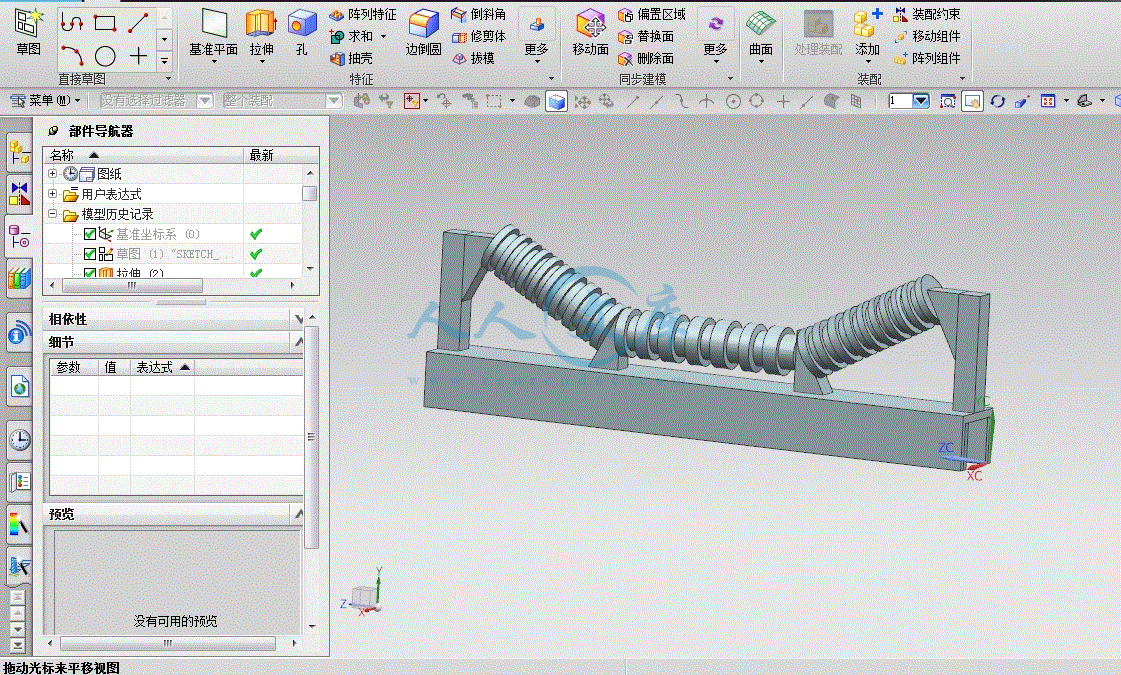

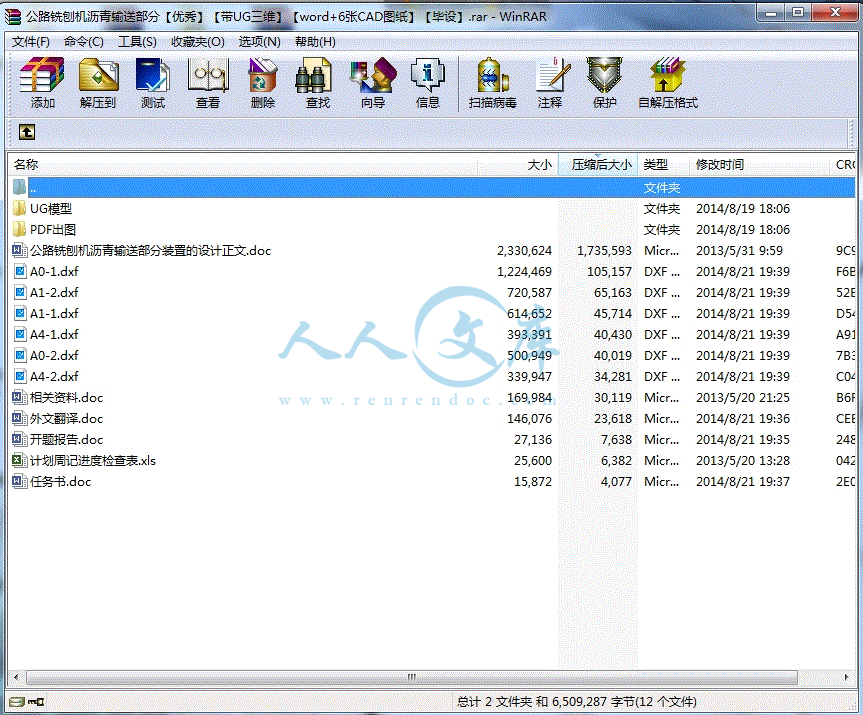
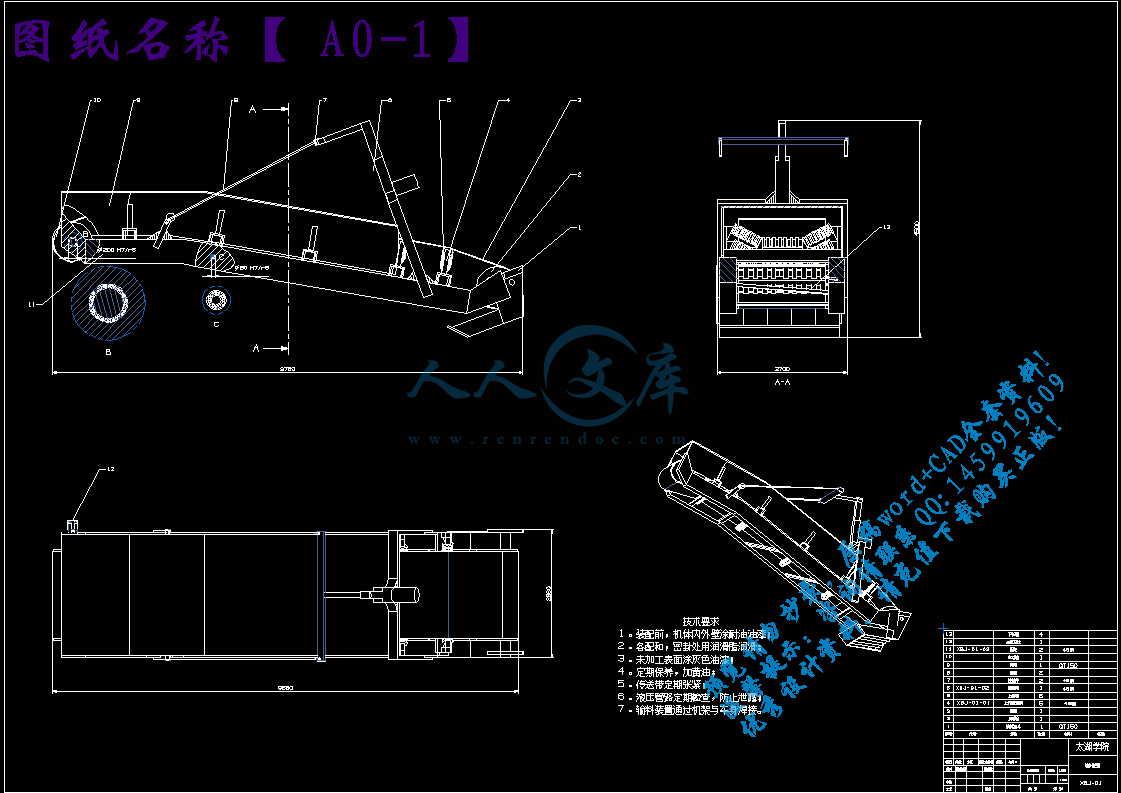
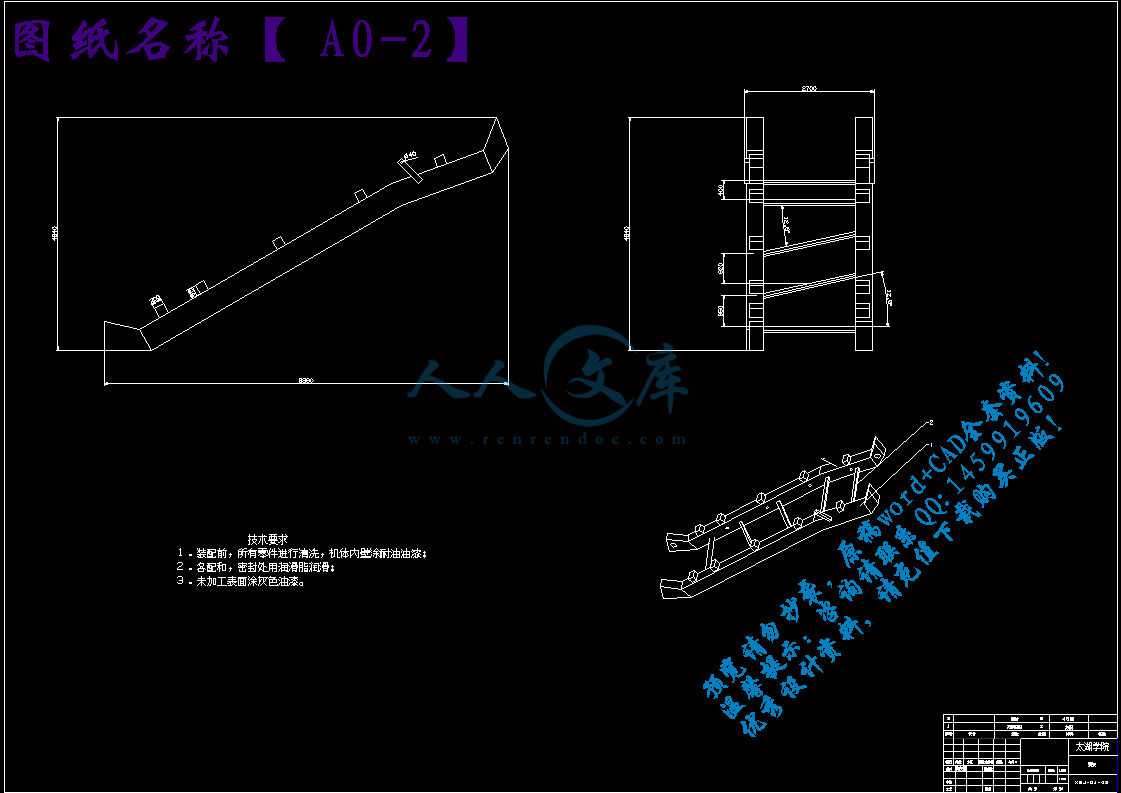
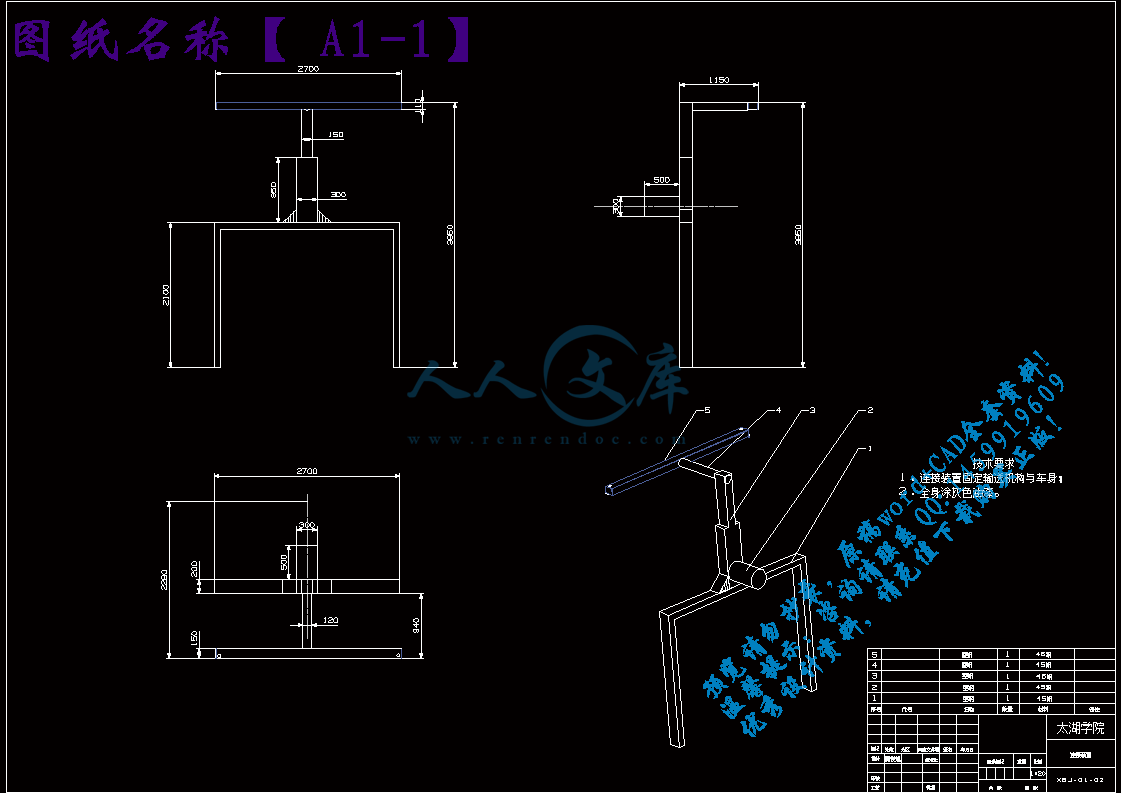
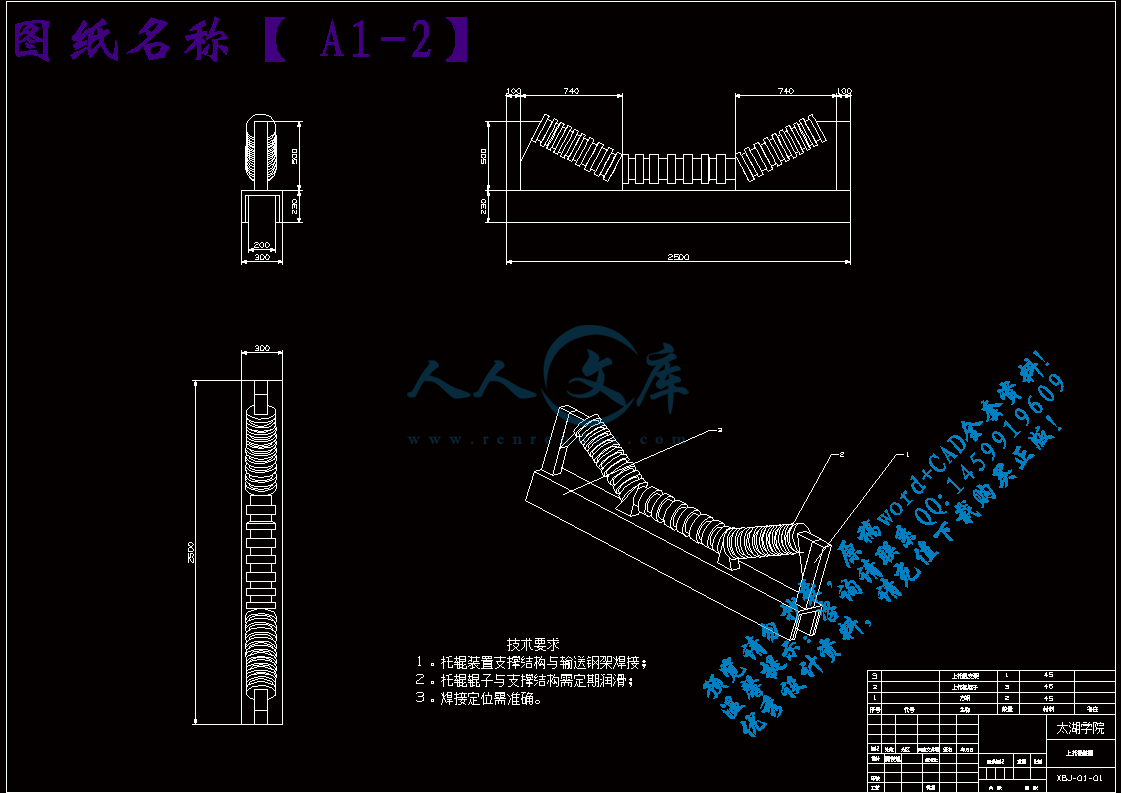
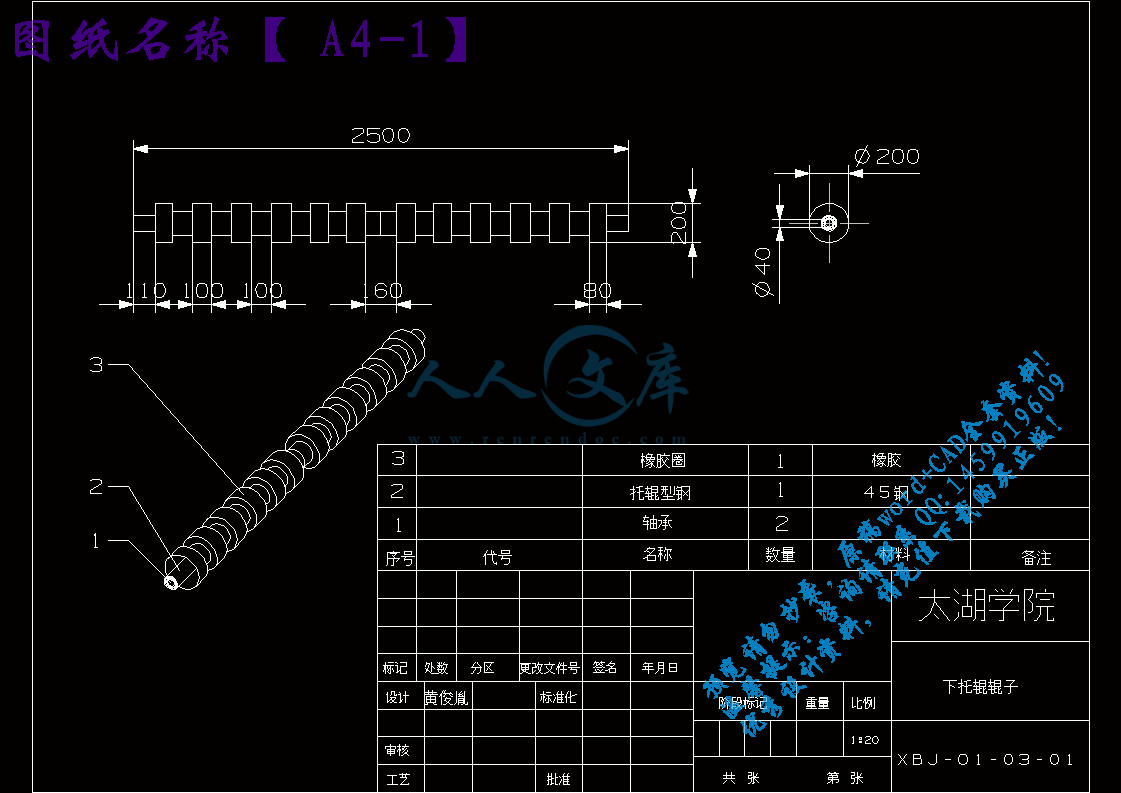
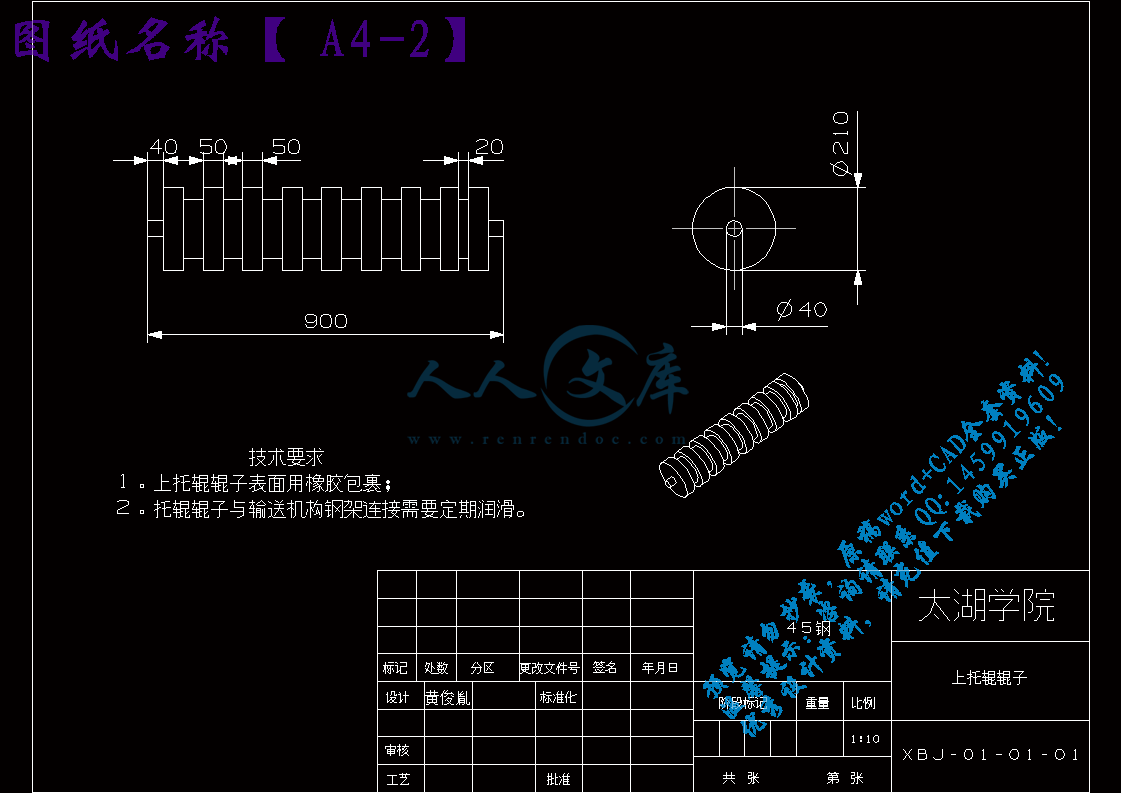
 川公网安备: 51019002004831号
川公网安备: 51019002004831号